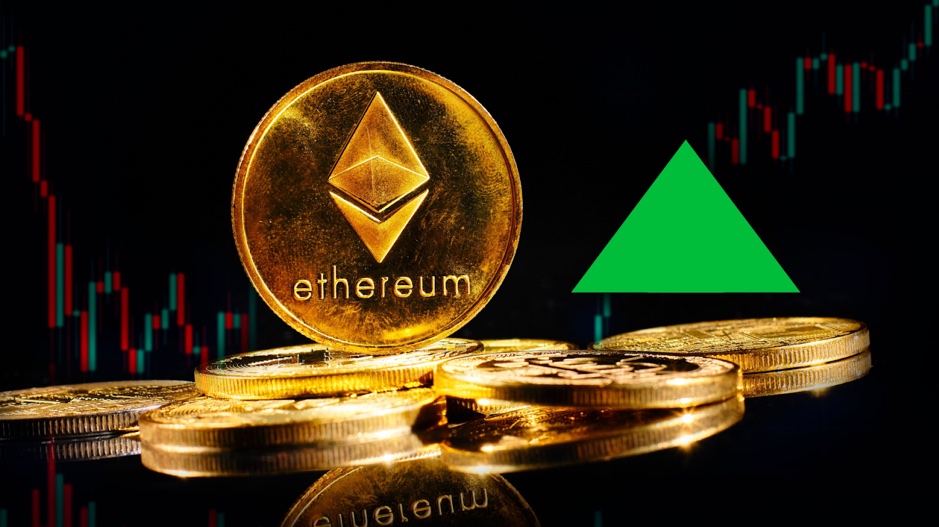Ethereum Price Crashes Typically Follow Peaks In ETH Open Interest
2024-10-17 08:36:50Ethereum's futures open interest has reached a new all-time high, but historical data suggests that such peaks are often followed by a crash in ETH prices.

Source: koinbulteni.com
Ether experienced a notable 8.8% increase between October 14 and 15, but it struggled to break through the $2,650 resistance level, which proved to be more formidable than many traders had anticipated. As the price movement unfolded, concerns began to mount within the trading community. The aggregate futures open interest for Ether reached an all-time high on October 16, raising red flags for many investors.
Historically, such surges in demand for leveraged ETH positions have been precursors to significant price corrections. This latest spike in open interest is particularly concerning given that the total addressable market for Ether futures surpassed 5 million ETH for the first time on October 15, representing a substantial 12% increase from just four weeks earlier. Looking back, the last time Ether’s aggregate open interest peaked was on August 2, when the price of ETH subsequently plummeted by 31.7% in less than four days, falling sharply from $3,205 to $2,186. Given this pattern, many are left wondering: will history repeat itself this time, or can Ether defy the odds and maintain its upward momentum
Increased Demand For ETH Futures Isn't Necessarily A Bearish Sign
Higher demand for ETH futures doesn't automatically signal bearish trends; instead, the crucial insight lies in whether overall system leverage is increasing or decreasing. Larger positions can lead to sudden price fluctuations due to forced liquidations. While derivatives markets may seem like zero-sum games, they significantly impact spot prices. This influence arises because futures contracts are traded at much higher volumes thanks to leverage. Additionally, large investors and market makers use derivatives to swiftly hedge their exposures, a task that would be much more difficult in spot markets with lower liquidity.
While forced liquidations exceeding $50 million occur in futures markets, arbitrage desks quickly reduce their risk in spot markets. This response can further amplify price movements either upward or downward—creating a phenomenon known as cascading liquidations. This is why traders closely monitor open interest to gauge the risk of excessive leverage that could lead to unexpected price swings.
On August 2, open interest peaked at 4.75 million ETH, a 15% increase from the previous month. The current market conditions closely resemble that structure, with $279 million in leveraged long positions liquidated excluding those who used stop-loss orders or voluntarily exited their trades. A similar pattern occurred on April 1, when open interest reached over 4 million ETH, up 21% in four weeks. In that instance, Ether’s price fell from $3,648 to a low of $2,604 by April 13, representing a 24% decline over 12 days. This historical data suggests that peaks in Ether’s open interest often precede significant price corrections.
Bitcoin And Broader Market Trends May Set The Tone For ETH Price
While analyzing past trends helps identify local peaks in Ether’s open interest charts, it's challenging to predict whether this figure will continue to rise and exceed 5.1 million ETH. Recent instances of such peaks occurred when the broader cryptocurrency market was either consolidating or undergoing short-term corrections, adding complexity to the analysis.
Assuming the overall cryptocurrency market trend remains neutral, a price drop of 20% to 25% for Ether, bringing it down to around $1,960, is a realistic possibility. Traders should be prepared for this scenario. Conversely, if Bitcoin manages to break through the $70,000 resistance level, the increased leverage in Ether could foster bullish momentum, potentially resulting in price gains.
Disclaimer: FameEX makes no representations on the accuracy or suitability of any official statements made by the exchange regarding the data in this area or any related financial advice.